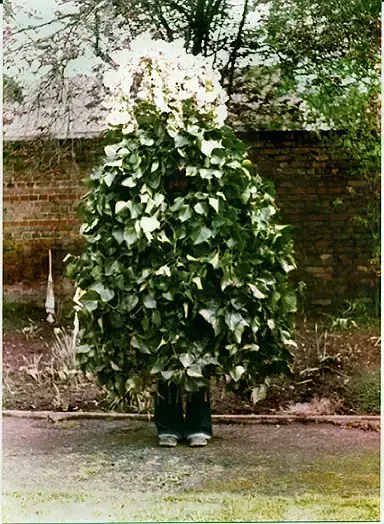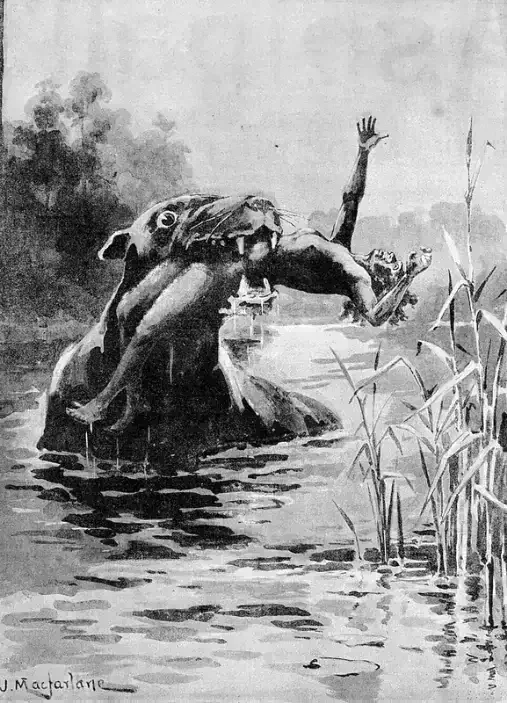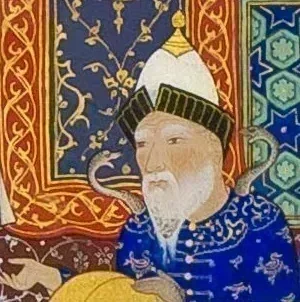Jack in the Green

Jack in the Green, also known as Jack o' the Green, is an English folk custom associated with May Day celebrations, featuring a person wearing a pyramidal or conical framework covered in foliage who processes through towns with musicians. This tradition emerged in 18th-century England, evolving from an older custom where milkmaids carried decorated milk pails in processions, which gradually transformed as the decorations became more elaborate and the practice was adopted by other professional groups, especially chimney sweeps, with the earliest documented Jack in the Green appearing in a London procession in 1770. Though the tradition declined in the early 20th century, it was later revived by various groups who continue May Day processions in different parts of England, and has also been incorporated into modern Pagan celebrations. While folklorist Lady Raglan once suggested it represented a surviving pre-Christian fertility ritual—following theories by James Frazer and Margaret Murray—this interpretation was largely discredited after Roy Judge's 1979 study demonstrated the custom's clear 18th-century origins as a professional guild tradition rather than an ancient pagan survival.


